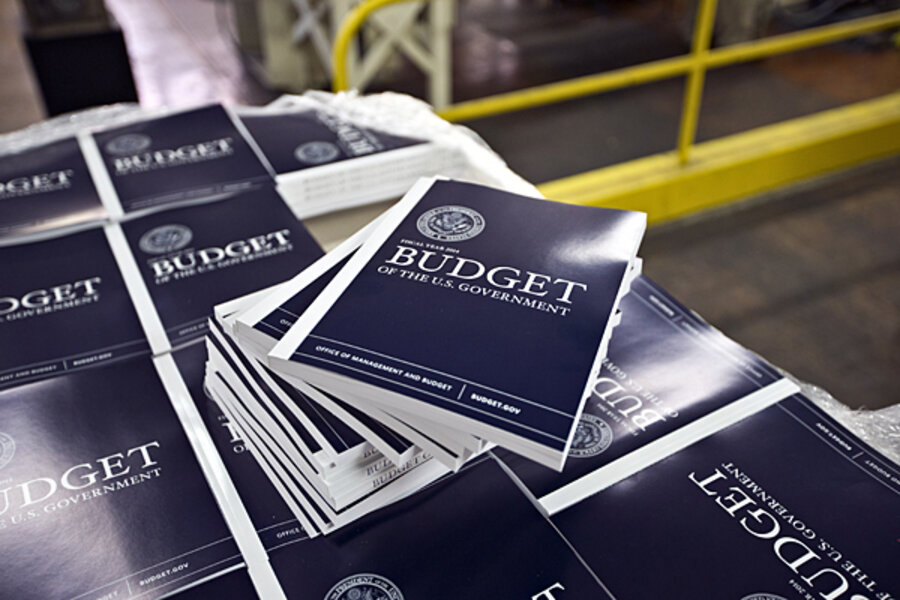Obama budget: How would the 'Buffett Rule' work?
Loading...
From the start of his 2008 campaign, President Obama has called for raising taxes on the rich. He got much but not all that he wanted in the American Taxpayer Relief Act (ATRA) earlier this year. Now his FY2014 budget takes another couple of bites at that apple.
The first repeats his proposal to cap at 28 percent the value of itemized deductions and specified exclusions, which would raise $530 billion over ten years. The president has pushed this idea in each of his five budgets, expanding it last year to include selected exclusions ranging from interest on municipal bonds to employer-paid health insurance premiums.
This year’s new wrinkle would extend the limitation to some taxpayers with income below Obama’s threshold for being rich—$250,000 for couples and $200,000 for singles. That will surely elicit howls from Obama’s critics on the left and the right, but it does recognize implicitly the budgetary need to raise taxes on more than just the top 2 percent of households.
Obama’s other bite on the rich is a Buffett Rule that would ensure that high-income households pay at least a minimum percentage of their income in taxes. Until now, the president has only spoken aspirationally about this idea. But his budget includes a concrete plan, dubbed the Fair Share Tax, or FST, that would collect $53 billion over ten years (and $99 billion if Congress doesn’t raise taxes on the rich with the 28 percent cap).
Obama’s goal is to keep the rich from taking advantage of tax preferences that allow them to pay low effective tax rates. Billionaire Warren Buffett raised this issue with stories about his secretary paying a higher tax rate than he does, and it resurfaced during the 2012 presidential campaign amid complaints about Mitt Romney’s 13 percent effective income tax rate.
But it turns out that setting a floor on the taxes rich people pay is not so easy. It is complicated and messy, and might not even accomplish its intended goal.
The FST would be a new minimum tax that requires rich taxpayers to pay at least 30 percent of their adjusted gross income (AGI) in federal taxes, with the rule phasing in between $1 million and $2 million of AGI (indexed for inflation).
But it would have exceptions. To protect charitable contributions, affected taxpayers could claim a credit equal to 28 percent of their deductible gifts. They could also count any alternative minimum tax liability, the 3.8 percent Obamacare tax on investment income, and the employee share of payroll taxes toward the 30 percent minimum tax.
And there are at least two other problems. First, the rich—particularly those who benefit from reduced tax rates on dividend and capital gains income—pay a disproportionate share of the corporate income tax, which is not included in the Buffett Rule calculation. TPC estimates that the corporate tax boosts the effective tax rate of the highest-income 1 percent by 7.5 percentage points, more than five times the rate for the bottom 90 percent. Excluding that tax understates the taxes the rich already pay.
But worse, the FST would be a new alternative tax with all of the problems of the one we have now. If the president does not like the fact that certain tax preferences allow rich people to pay less tax, he should reform the preferences, not layer on another tax of people who use them. That not only complicates the tax code but also makes the whole system less transparent.
We can disagree about whether Congress should raise more revenue and, if so, whether it should do so by raising taxes on the rich. But even if you think the answer to both question is yes, adding another minimum tax is not the way to do it.







